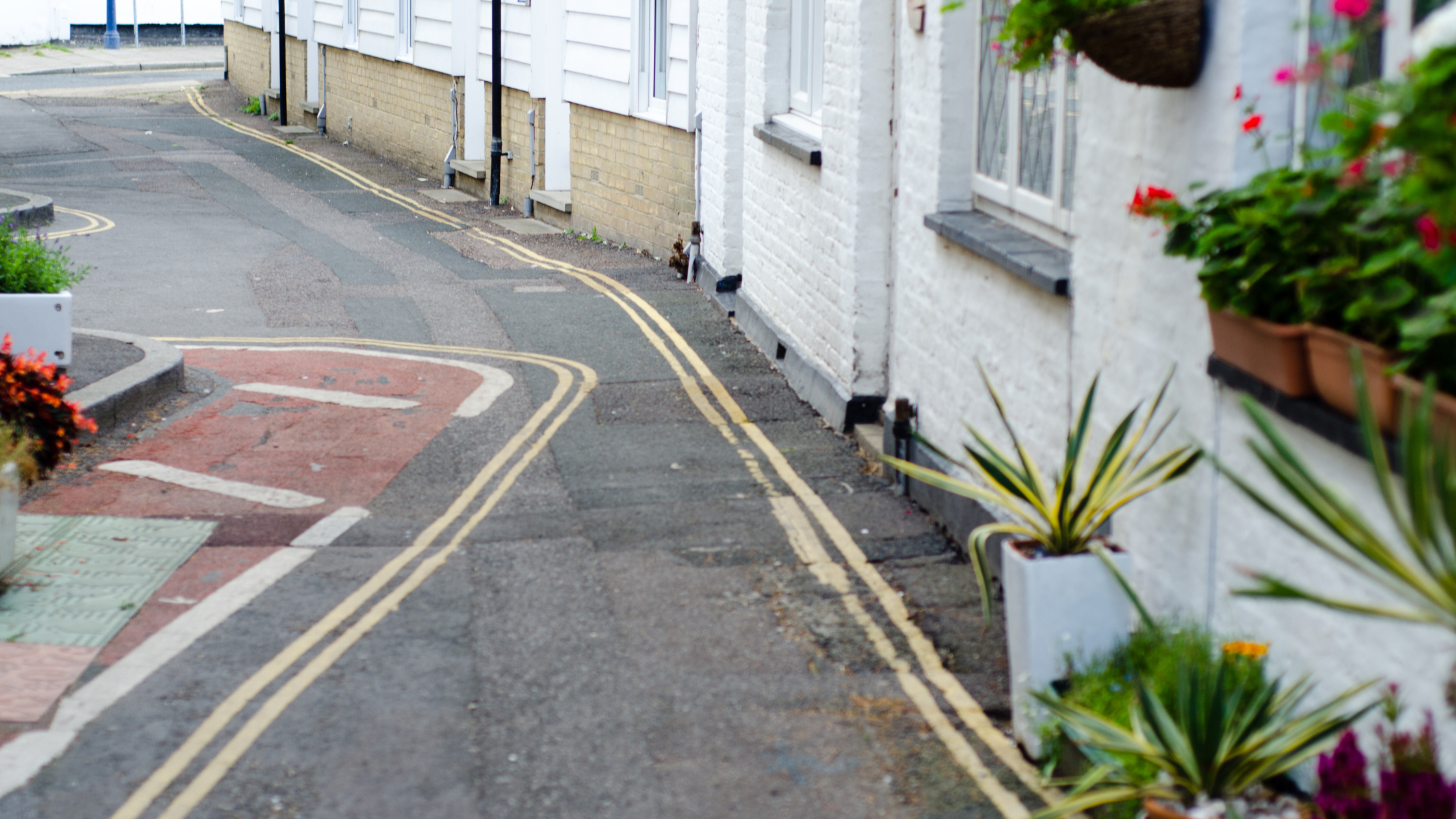When two drivers approach each other on a narrow road, both drivers have to be especially careful not to collide with the other. It’s not uncommon to see drivers going in opposite directions on a narrow road come to a near stop before they carefully proceed forward. It’s easy to tell when someone has the right of way on a busy city street with traffic signals and four-way stops.
But what about driving on an old country road that hasn’t been updated in decades? The answer is less obvious and requires careful attention to detail.
Fortunately, some helpful rules of thumb can make it easier to avoid having your trip end in a collision with another driver or a ditch.
Slow Down and Pay Attention
Driving too quickly can cause you to overlook important details. For example, you might not notice an old, broken-down vehicle in a driveway or a group of children playing in a yard, which might cause you to use caution and keep your speed down.
It’s also important to be on the lookout for cars coming towards you on a narrow street that might cause you both to have issues manoeuvring around each other. If you are aware of this car sooner, you can determine who has the right of way quicker.
Watch for Road Signs
Some roads might have a few signs directing you to what the rules of the road are. Take the time to read and understand these signs. For example, some standard road signs relate to right of way. For example, you might see a sign that says “Yield” or “Give Way”, which means it is your responsibility to give way to traffic coming from the opposing direction.”
Looking for a passing place
Before considering important driving questions like who has the right of way in a narrow lane, you can look for a passing place.
This is an area of wide shoulder where two cars could pass each other. If there’s no room for vehicles coming from opposing directions to pass, you may be kept at a complete standstill, and one of you must reverse to make way for the other.
However, if a passing place is present, which can be in the form of a parking space left at the side of the road or a passing place created to make it easier to pass through narrow streets, you don’t have to worry about who has to give way. One car can simply move into the passing place, allowing the other to pass by.
Determining right of way
Determining who has the right of way is an iterative process, starting with the assumption that both cars are responsible for ensuring they don’t collide with the other vehicle. If one car is already most of the way along the narrow street, the other vehicle should give way to it.
If both cars are equally far down the road, and it’s still unclear who should proceed first, then it is down to one of the drivers to yield the right of way to the other.
In situations such as this, you should consider taking a defensive approach to driving by giving way when it is safe to do so to stop things from coming to a standstill.
Who has right of way in a hilly or mountainous area?
One of the more common driving questions is who has the right of way on a street with an incline, for example, in a mountainous area.
The general rule of thumb is that a car going downhill should reverse to a passing place if none are available ahead – not the one going uphill. This is because the vehicle going downhill can control its speed more easily in this steep environment.
Summing up
Drivers on narrow streets have to be especially careful not to collide with each other. You can avoid having your trip end in a collision by keeping your speed down, paying attention to the road signs, communicating with other drivers and understanding the rules of the road. You can also look for a passing place.
While driving questions like this do not have an easy answer, you can use the general rules of thumb listed above to determine who has the right of way.





